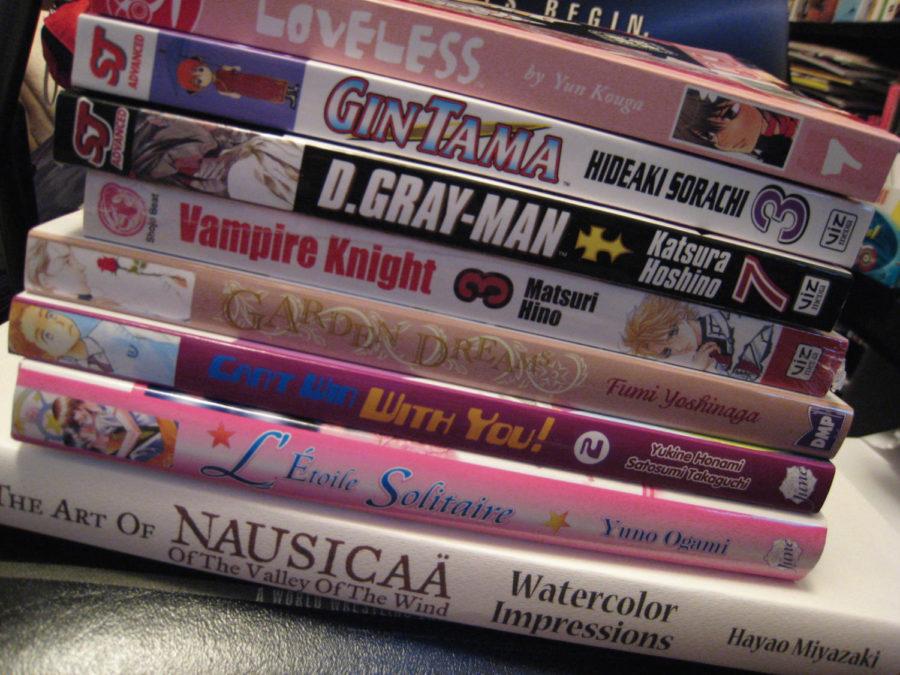Lange: Graphic novels can be serious literature
Photo courtesy of Flickr/dejahthoris
Opinion: Lange 9/7
September 6, 2012
Most of us have walked past a set of graphic novels at the store or library and scoffed, wondering why they are with the rest of the books. We see the colorful images that have a specific order to be viewed in order for them to make sense, and very few words, if any, in each little box. Some are the Japanese manga or Marvel and DC comics, but there are still others that tell legitimate stories.
When I was in high school, I read quite a few graphic novels. The one which stands out in my memory the most is “Hamlet,” and yes, I mean the play by William Shakespeare. It was written word for word, as if you were reading a script, but with visual aids, as if it were “real.”
Some graphic novels should be considered literary works rather than just art. There are stories told through graphic novels that are about very touchy subjects such as “Maus,” which is about the Holocaust; “Persepolis,” which is about growing up in Iran during the Islamic Revolution; “V for Vendetta”; “300” and even a retelling of Grimm’s fairy tales, among many others.
To be fair, there are a number of graphic novels that have been created just as ways to spend time, no true point other than to tell a simple story without a certain basepoint outside of culture.
When it comes to value, these graphic novels can compete right up with the best sellers of “real” novels. They are just as sought after as collector’s pieces as well.
Since the term was coined, there has been continual criticism between whether a work is a “comic book,” a “graphic novel” or something different altogether. I have noticed these differences to be simply the preference of whoever is talking.
The primary difference between a graphic novel and comic book is the format of the story contained. Those stories that follow a continuous plot for the duration of the book should be considered a graphic novel, whereas those that are written with multiple short stories between covers, such as Archie comics, should be considered more of comic books. A blog on AbsurdIntellectual.com explains the difference very descriptively, also pointing out that the definition depends on the person speaking.
The idea of something being art-based as well as literary is a baffling concept for some, such as unknowing shoppers. Many people associate colorful pages full of images with childishness, and therefore to be taken less seriously as a work of literature. This is an interesting situation, however, because most people look at magazines on a fairly regular basis, either out of boredom or habit. Commonly circulated magazines, such as Game Informer or People, are rarely much more than a lot of pictures with captions or small articles written around them. So what is the difference here? The only difference I can clearly see is that magazines don’t have the preconceived notions of being nerdy or geeky like comic books and graphic novels do.
To some extent, when the author of a graphic novel is also the illustrator, more respect is due then if that same story were just a print story, because it shows the reader exactly what the author was trying to convey, leaving little room for misunderstanding the point behind a story. I do realize this limits what the reader can do as far as imagining the events of the story for themselves, but some stories are written in ways that make it difficult to imagine the scenes without preexisting knowledge about the physical location of the scene.
Working with graphic novels can expand a reader’s imagination by giving them another opportunity to think about how or why the author chose the wording or scene decoration he or she did. Where there is a lack of words explaining a scene, authors have a unique chance to show where they are imagining an event happening or how they envision the character they are writing about.







